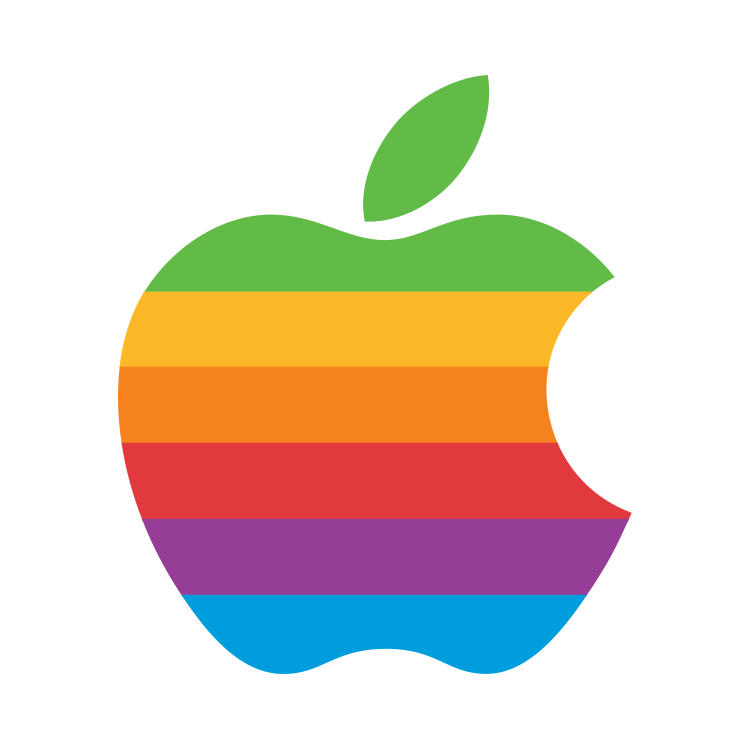
The cheapest solution would likely be a Mediasonic Probox or some other USB drive, throw some 20 to 22 TB drives in that, and call it done. The ideal solution would be to have a four bay NAS with RAID 5 or (even better) RAID 10, so you can keep snapshots, the NAS can optionally do backups, etc.

Personal anecdote: I have had an old Synology DS215j using WD Blues for about eight years now, and the SMART checks show the drives are within spec.
First, I’d go with making sure you have 3-2-1 protection. It is better to have RAID 1 with two Blues than one enterprise drive. If you already have 3-2-1 protection in place, then move to higher tier drives.
Focus on the backups and getting that in place first. Ideally, CMR Reds are what you should be using, but if money is tight, blues can work.